Unusual Eye Conditions

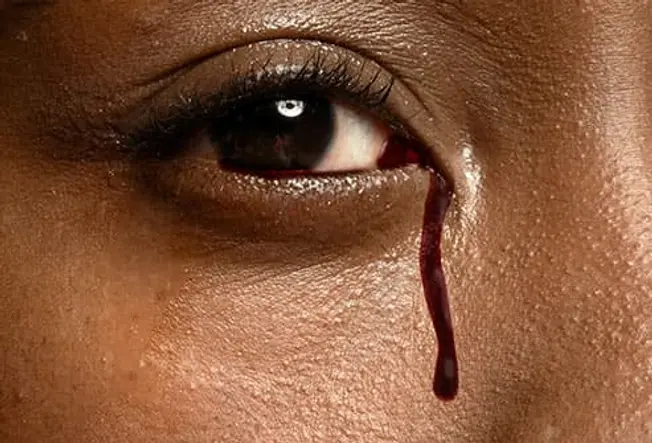
Haemolacria
Yes, you really can cry tears of blood. But it isn’t so much a disease as a symptom. Causes include:
- Blood vessels that don’t grow the right way
- Tumors
- Inflamed tissues
- Bacterial or viral infections
It’s more common in children and teens. Treatment depends on the cause.
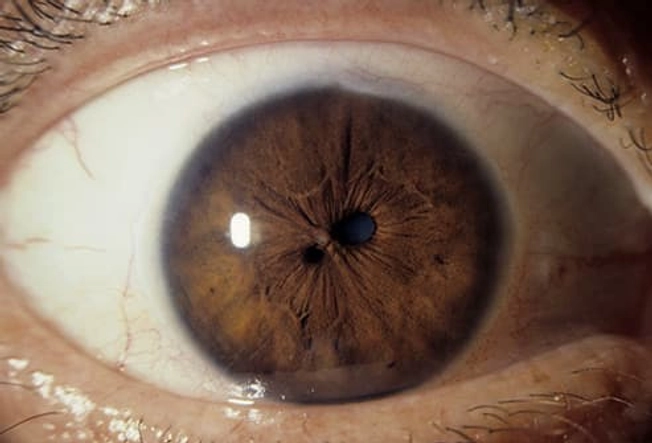
Polycoria
Your pupil is a round hole that gets bigger as light fades and smaller as light brightens. It’s rare, but some people have more than one working pupil in a single eye. It isn’t clear what causes polycoria, but there may be a link to conditions like glaucoma and cataracts. Not everyone needs treatment, but surgery can restore dimmed vision.
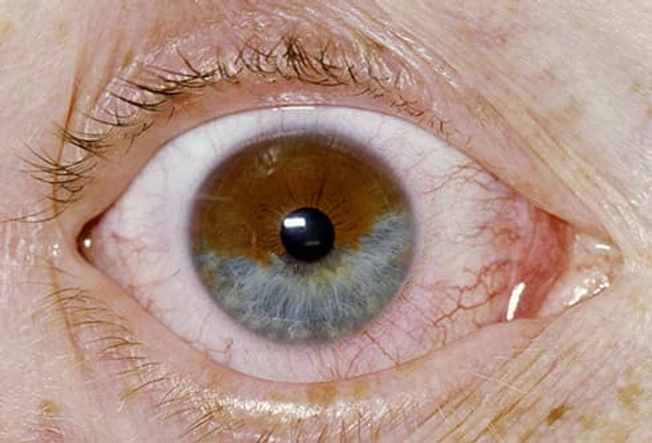
Heterochromia
Your irises are the colored part of each eye. Sometimes they’re a different color from one another. Or one iris might contain different colors. If you’re born with it, you probably won’t have other symptoms or need treatment. Sometimes it’s a sign of a rare condition you get from your parents at birth. An injury or disease can cause it later in life.
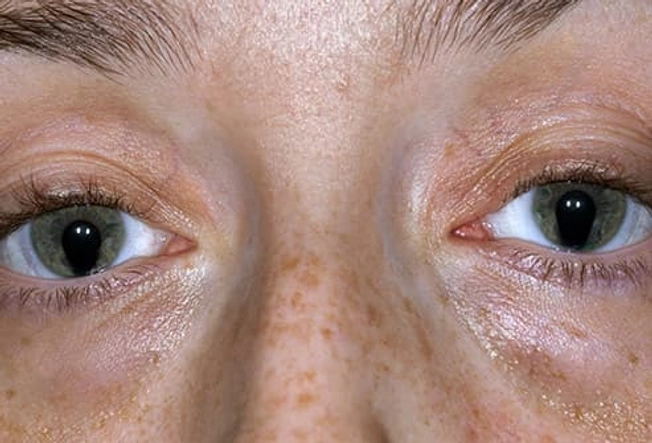
Cat Eye Syndrome
This disease can cause a notch or gap in parts of your eyes. Your doctor will call it a coloboma. When it affects your iris or pupil, your eye might look like a cat’s. You can also get colobomas in other organs and body parts. Most of the time they come from a problem in your genes that resut in changes during development and show up when you’re born. You may need a team of doctors to manage the different symptoms.

Optic Neuritis
It can strike anywhere between ages 20 and 40. About half the people who have it will get multiple sclerosis, a disease that attacks brain cells. It usually affects one eye. You could lose vision for a few hours or days or even months or lose a portion of yoir peripheral vision. You may have pain, blurry vision, and see flashing lights. Colors, especially red, might be less bright. Though it usually goes away on its own, the doctor can give you steroids to ease the inflammation and pain. Your eyesight should be back to normal within a year, but the condition can return.

Charles Bonnet Syndrome (CBS)
People with this condition see (but don’t hear) patterns or images that others can’t. These hallucinations can last from minutes to hours. They might be still or move. The cause isn’t clear, but it’s likely your brain’s response to a loss of vision, especially if it’s sudden. It isn’t a sign of mental breakdown or a brain disease like dementia. There’s no cure, but it can help to change lighting and get plenty of rest. There are medications, but they have serious side effects and are reserved for severe cases.
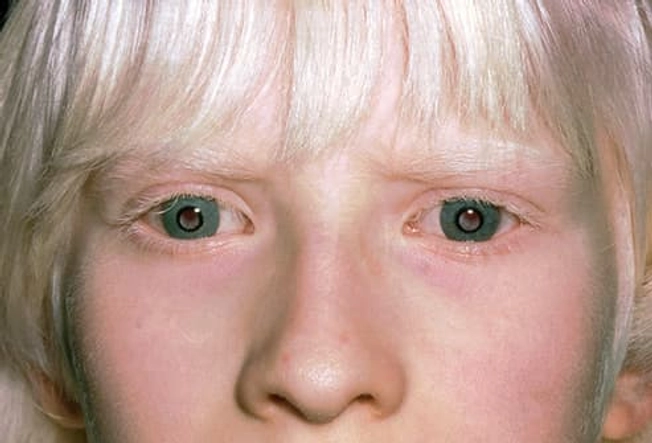
Ocular Albinism
Your iris absorbs light. Your retina, at the back of your eye, processes it. If you don’t have enough of the pigment that gives them their color, the nerves that help you see could get damaged. That can lead to:
- Blurry vision
- Eyes that look in different directions
- Light sensitivity
- Trouble judging distance
There’s no cure, but your doctor can help you manage your symptoms.
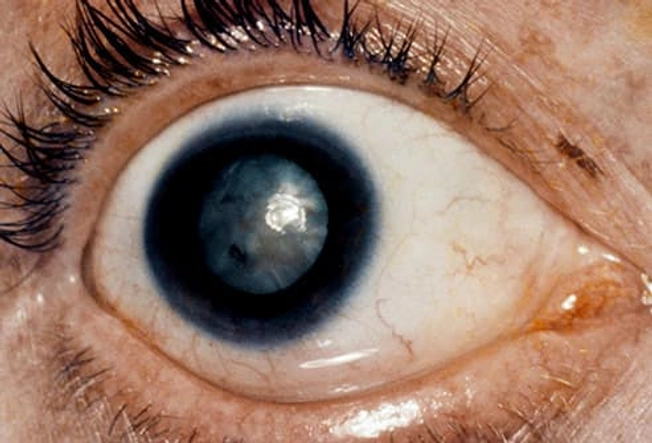
Traumatic Cataract
Your lens helps focus light and images onto your retina. It may take a while, but if it gets hit or pierced, or jostled around, a cataract can form. It will look cloudy and may be star-shaped. The doctor may give you corticosteroids, which help with swelling and pain from the injury but can sometimes make the cataract worse over time
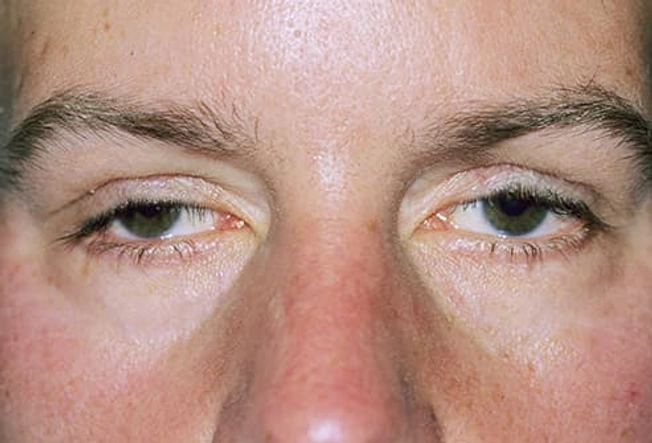
Chronic Progressive External Ophthalmoplegia (CPEO)
You can inherit genes that cause the muscles in and around your eye to get weak or stop working. It could start anywhere from age 18 to 40. It can affect one or both eyes. You may find it hard to swallow or you might feel that muscles all over your body are weak, especially after you exercise. There’s no cure, but surgery can correct droopy eyelids and other symptoms.
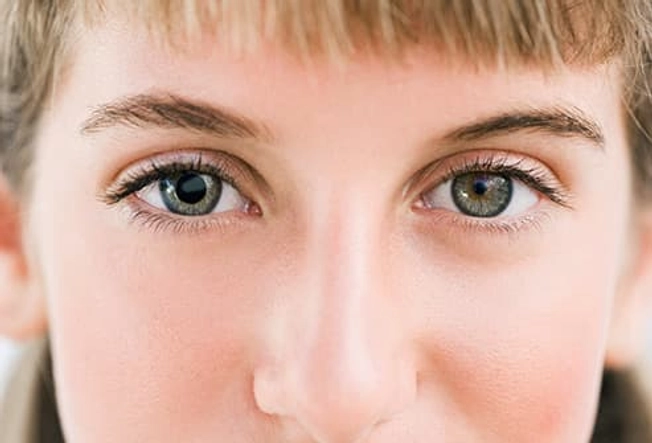
Anisocoria
Your pupils could be different sizes. About 1 in 5 people who have this don’t have any other health conditions along with it. Sometimes it signals a rare nerve problem. Horner’s syndrome is marked by one much smaller pupil, a droopy upper lid, an eyeball sunken into its socket, and a lack of facial sweat on just one side of the face. If a change in your pupil size happens suddenly, call your doctor immediately or go to the emergency room. In Adie syndrome, which usually doesn’t require treatment, one pupil is always open and barely responds to light. Some drugs like scopolamine patches for sea sickness can also cause one pupil to dilate if the medicine gets in the eye.
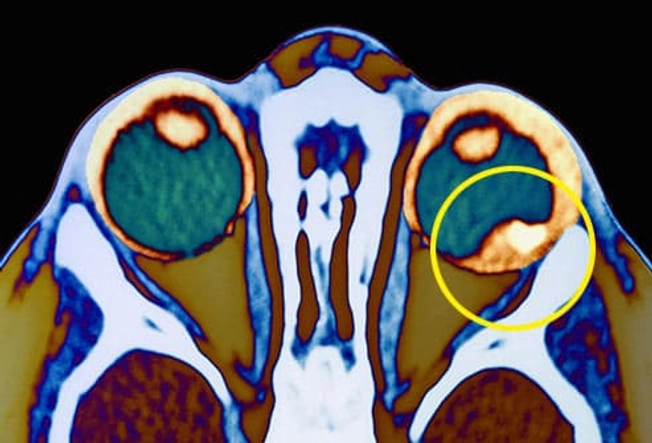
Retinoblastoma
This cancer affects your retina. It’s the most common form of eye cancer in children, but rare for adults. You might notice a white color in the pupil of your child’s eye when light shines on it. Their eyes may be red, swollen, and seem to look in different directions. Treatments include radiation and surgery.

Retinitis Pigmentosa (RP)
This group of rare genetic diseases damages special light-sensitive cells in your retina, the tissue that lines the back of your eye. It narrows your field of vision and makes it harder to see at night. There’s no cure, and it will get worse over time. But doctors and therapists can show you how to use special devices and tactics to make the most of the vision you have.
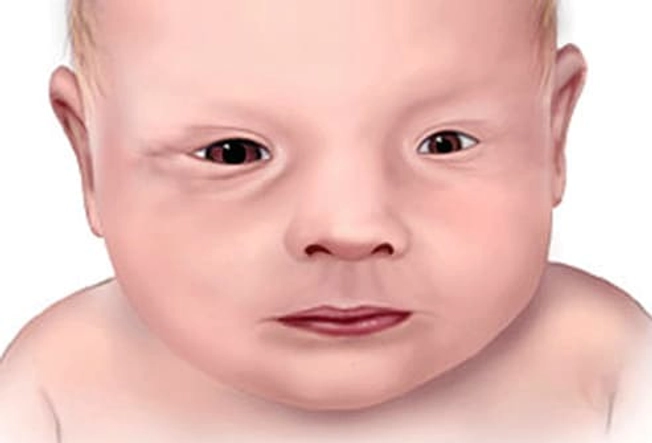
Microphthalmia
Your child’s eyes could be abnormally small or completely missing (anophthalmia) at birth. Scientists think genes cause this disorder. Exposure to certain chemicals or viruses may raise the risk, but more research is needed to be sure. There isn’t much help for vision loss from this disease, but doctors can place a full or partial artificial eye in your baby’s eye socket. As they grow, it’ll look more normal.
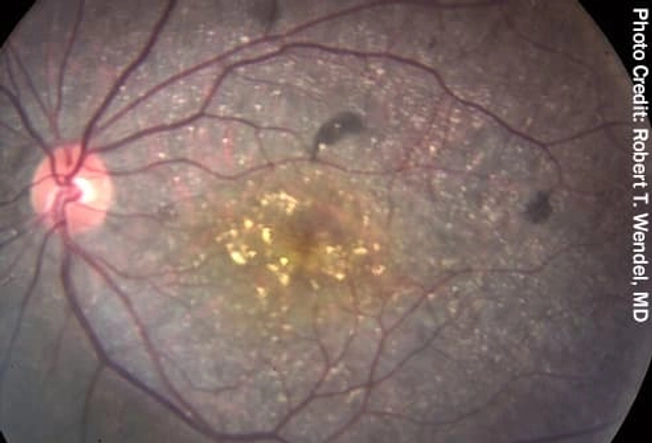
Bietti’s Crystalline Dystrophy (BCD)
This inherited disease causes yellow or white crystals to form in your retina. Over time your vision will get less sharp and you’ll have trouble seeing at night. You might lose your side vision or have trouble seeing colors. Your eyes could worsen at different rates. The trouble starts in your teens or 20s. By your 40s or 50s you may have to turn your head to see to the side. That makes you legally blind. It doesn’t mean you can’t see, just that you have low vision that can’t be corrected with glasses or contacts.

Stargardt Disease
This inherited condition causes a fatty buildup on your retina. It can damage your central vision. It happens slowly and doesn’t lead to total blindness. It mostly affects children and teens, but you may not notice it until you’re an adult. There’s no treatment.